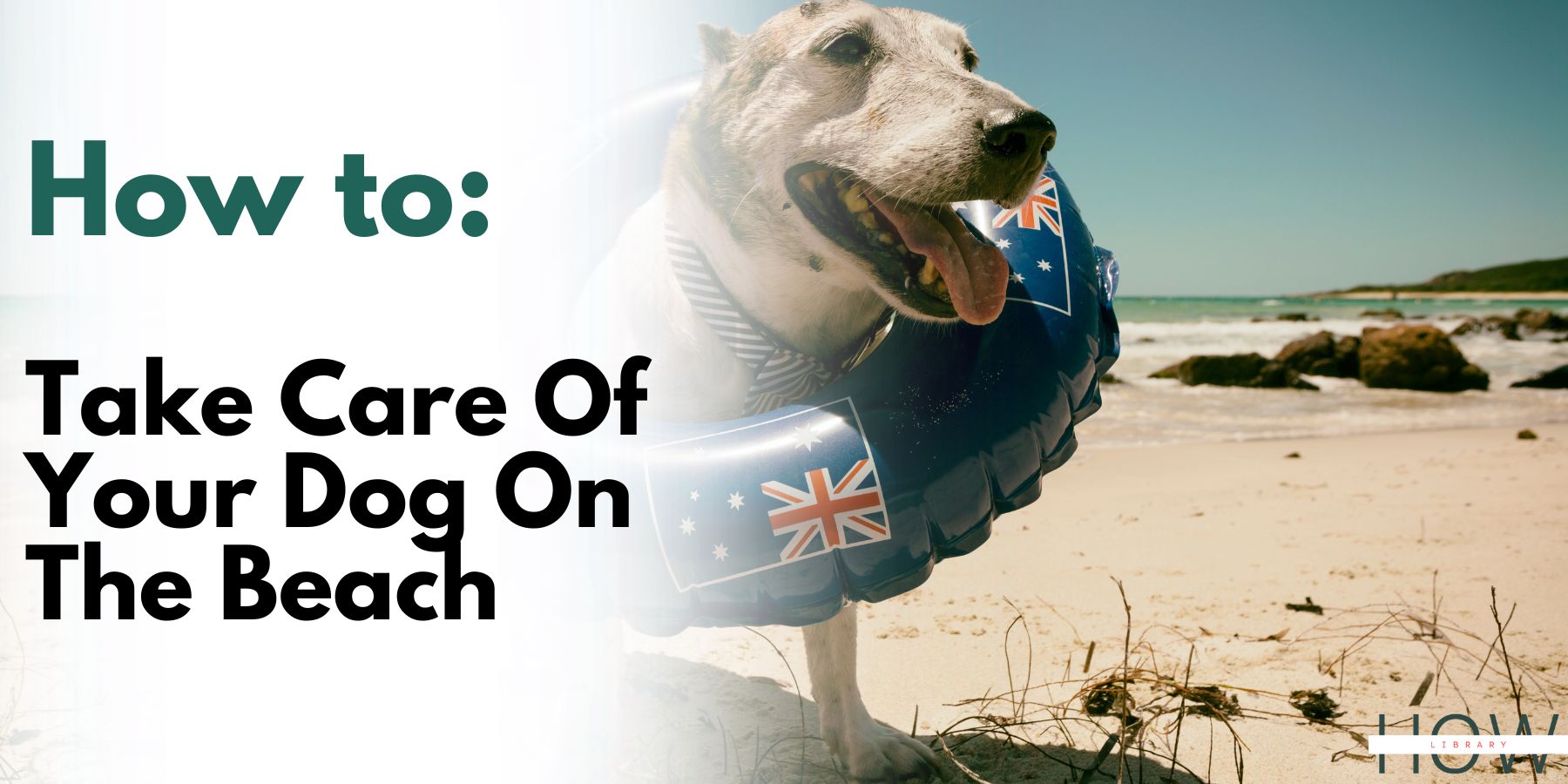Beach Safety Tips for Your Dog
Taking our dog along for a family outing at the beach was a win-win for everyone; it was a fun time of bonding and exercise. Taking a dog to the beach requires some forethought and preparation to ensure the dog’s safety, and a few safety precautions should be followed. Treat your dog much like you would treat a child playing in the sun, sand, and surf, and bone up on these beach safety tips from PetCo for a safe day at the beach with your dog.
Hot Dog
The heat of the sun affects dogs just like it does people. Dogs can develop a painful sunburn if exposed to sunrays without sunscreen protection, and a dog can become overheated and suffer a heat stroke. Make sure a shady location is nearby so your dog can get out of the sun’s heat and cool down. When your dog is having fun with a game of fetch, he will not willingly retreat to the shade and must be placed in the shade to cool down.
Watchful Eye
Running on the sand and swimming in the surf requires more doggie energy than taking a walk around the block, so keep a watchful eye on your dog, so he does not overexert himself while frolicking on the beach. As previously stated, your dog will not willingly retreat to the shade while having fun, so lead your dog to the shade frequently for rest periods. Keep an eye out for excess panting, lack of panting, lethargy, and/or vomiting, all signs of an overheated, exhausted dog. Keep a fresh supply of cold water on hand for your dog, and keep dog food and treats in the cooler. Ice can be placed in your dog’s water bowl to help keep the water chilled on a hot day.
Apply Sunscreen
Apply a light layer of sunscreen to your dog’s ears and nose to help prevent sunburn; This is especially needed if your dog has a light-colored coat and pink skin. Talk to your veterinarian about which type of sunscreen is the safest for your pet. My dogs accept the application of lotion sunscreen much easier than trying to apply an aerosol product to their head area.
End Management
Both ends of your dog need some management during a day at the beach – If your dog loves to play in the water (ocean, pool, or lake), the water can cause problems inside the doggie ear. Pack along supplies to clean out your dog’s ears after each time he enters the water; it will save you and him some grief later. The opposite end of the dog also needs to be managed while on the beach, so don’t forget the litter bags.
Safety First
Never force your dog to go into the water. Some dogs take to the water like a duck; others despise the water. Forcing a terrified dog into the water is cruel; enjoy dog play on the sand so everyone can relax and enjoy the day.
Anytime a water-loving dog is taken onto a watercraft, your dog should have on a life jacket just like you. And before a dog romps in the surf along the beach, ask the lifeguard about the ocean’s condition of the day. The current may be too strong for dog play, or jellyfish may be too close to shore for safe dog play.
Boating Safety Tips for Dogs: Life Jackets
The Centers for Disease Control and Prevention (CDC) warns that going over your boating safety equipment list twice is not waste of time. Of special importance is the presence of life jackets. As you are reading up on boating safety tips for kids who will join you on the vessels, do not forget to consider animal safety as well when your dog joins in on the fun.
Sobering Boating Accident Statistics
The CDC highlights that in 2019 alone, some 736 boaters died. Seven out of 10 boating accident fatalities drowned. Nine out of 10 drowning victims did not wear a life jacket. Remember: You may be an experienced boater; the one who is driving a vessel toward you is not. The accident that occurs still involves you and puts you and your passengers at risk. California’s Division of Boating and Waterways further identifies holidays as being among dangerous boating occasions. Almost 14 percent of accidents happen on the big three holiday weekends: Memorial Day, Independence Day and Labor Day.
Boating Safety Tips for Kids
It is always a good idea to teach a child how to swim before allowing the youngster access to a boat. Although it is true that having the ability to swim does not automatically protect against drowning danger, it does help a child to avoid panic when falling overboard.
Teach children the basic rules of conduct on a boat. There should be no running, no climbing on railings and no touching of any controls. Younger children should be under constant supervision of a responsible adult. If you have a lot of young children on board, consider hiring a babysitter for the day to help out with the supervision. That said, the most important safety precaution is the purchase and consistent wear of a life jacket.
Buying the Right Life Jacket for a Child
The Boat U.S. Foundation explains that U.S. Coast Guard rules require children under the age of 13 to wear organization-approved life jackets when on a moving boat. Several states have enacted separate regulations, which take precedence over the U.S. Coast Guard rules. For example, in California, children under the age of 12 must wear personal flotation devices when on vessels shorter than 26 feet. This does not apply to sailboats if the child is tethered to the vessel with a harness. In contrast, Colorado law does not have a vessel length restriction.
Choosing the right life jacket is up to the parent or caregiver. Safe Kids offers some handy tips, including a listing of varieties of personal flotation devices. Some are specifically designed for non-swimmers and may turn an unconscious child falling into the water face up. Others may not do so. Some life jackets require regular maintenance; others do not.
Boating Safety Equipment List for Dogs
Do boaters have specific animal safety tips? For kids, there are plenty of rules and regulations, but what about the pets? Believe it not, there are life vests that are designed and manufactured for dogs. RuffWear offers the K-9 Float Coat, which is buoyant and reflective. Give your pet a fighting chance to survive an accidental fall off your boat!
Sizing the dog’s life jacket just right is crucial. The important measurement is around the widest part of your pet’s rib cage. Next, follow manufacturer’s sizing chart guidelines for picking out the right dimension. RuffWear recommends that you choose the smaller size if your pet’s measurement falls between two sizes.

